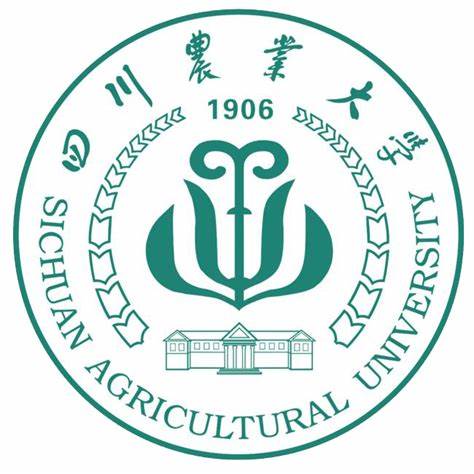Genome-wide identification and characterization of bZIP gene family explore the responses of PsebZIP44 and PsebZIP46 in Pseudoroegneria libanotica under drought stress
作者: 刁圣轩 审稿人:魏育明 时间: 2024-12-06 点击次数:次
https://webofscience.clarivate.cn/wos/alldb/full-record/WOS:001355446700003
BMC PLANT BIOLOGY,NOV 16 2024,Volume 24,Issue 1
Yang, XZ(Yang, Xunzh,e);Li, X(Li, Xiang);Wang, X(Wang, Xia);Chen, C(Chen, Chen);Wu, DD(Wu, Dandan);Cheng, YR(Cheng, Yiran);Wang, Y(Wang, Yi);Sha, LN(Sha, Lina);Kang, HY(Kang, Houyang);Liu, SQ(Liu, Songqing);Fan, X(Fan, Xing);Chen, YL(Chen, Yinglong);Zhou, YH(Zhou, Yonghong);Zhang, HQ(Zhang, Haiqin)
Abstract
The fundamental leucine zipper (bZIP) genes play a crucial role as transcriptional coactivators in plants. Pseudoroegneria libanotica served as the maternal contributor to several species within the tribe Triticeae (Poaceae), exhibiting commendable resilience to various stressors. Consequently, bZIP genes of Pseudoroegneria libanotica response to abiotic stresses was important for further understanding of stress tolerance studies in Triticeae. A total of 108 PsebZIPs were identified in this study, and they were divided into 10 subgroups. PsebZIPs were found to be extensively involved in the biological activities within P. libanotica. The RNA-seq results revealed differential responses of PsebZIPs to drought stress in both aerial and root tissues. PsebZIP44 and PsebZIP46 were regarded as potential genes capable of responding to abiotic stress, and their varying degrees of responsiveness to drought, salinity, heavy metals, heat, and oxidative stress have been demonstrated in yeast. Homologous proteins with intact bZIP gene structures of PsebZIP44 or PsebZIP46 have not been identified in wheat. The current investigation not only provides a fundamental basis for further probing into the biological functions of PsebZIPs within P. libanotica but also reveals previously undiscovered potential genes with the ability to respond to abiotic stress. They could contribute to improving the genetic constitution of Triticeae crops, including wheat.


